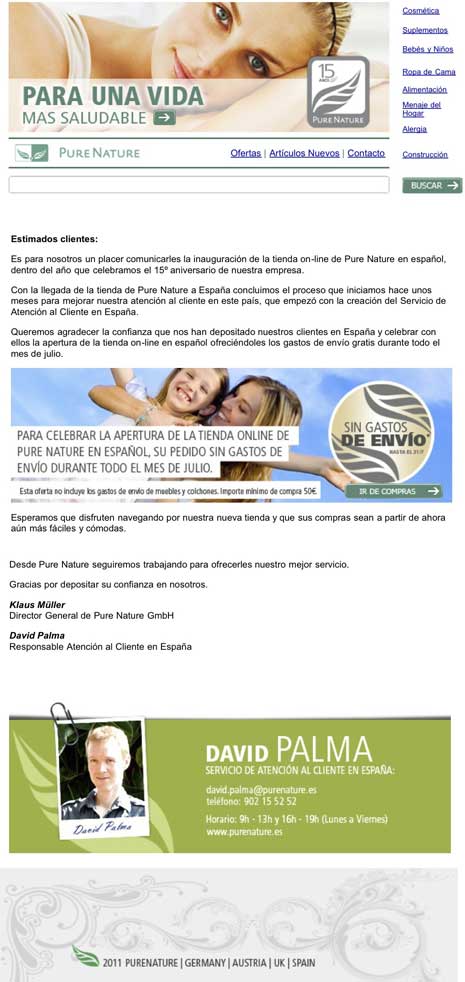Gazpacho ingredients lose vitamin C during preparation
Scientists recommend eating gazpacho as soon as it is prepared
In summer, more dishes like gazpacho – a cold soup containing raw vegetables, bread, olive oil and vinegar – are consumed. A new study has revealed that ingredients’ vitamin C content as well as other organic acids is lower in the resulting mixture, meaning that it should be eaten immediately after preparation.
Is it true that cutting fruit and boiling vegetables cause vitamin loss? A new study has examined gazpacho, one of the most popular Spanish summer dishes, comparing the levels of vitamin C (ascorbic and dehydroascorbic acid) and other organic acids (citric, oxalic, fumaric, malic and glutamic) found in each of the ingredients separately before preparation and in the resulting gazpacho.
“We found that the gazpacho showed a lower ascorbic/dehydroascorbic acid ratio than the vegetables used to prepare it,” explained Elena María Rodríguez, co-author of the study conducted by the Complutense University of Madrid and the University of La Laguna (Santa Cruz de Tenerife). She added: “This suggests that some of the vegetables’ antioxidant capacity is lost.”
Of the ingredients, peppers had the highest vitamin C content, followed by tomatoes, and then the gazpacho itself. In general, tomatoes and garlic contained the highest levels of organic acids, whereas cucumbers presented the lowest content. Garlic and onions had the highest concentrations of the main organic acids present, glutamic and citric, than the other vegetables.
The authors therefore recommend eating gazpacho as soon as it has been prepared, or “preserving it correctly so that the vegetables maintain their antioxidant characteristics.”
A drink to beat the heat
Gazpacho is a natural source of vitamins (A, C and E), carbohydrates, phosphorus, iron, calcium, magnesium, manganese, zinc, copper, potassium and sodium. It also provides fibre and antioxidant substances such as lycopene, which gives tomatoes their red colouring, and carotenoids. Given its mineral salt content, it is considered to be isotonic as it prevents over-hydration during summer.
Although there are recipes for all tastes, gazpacho generally contains bread, olive oil, vinegar and raw vegetables (tomatoes, peppers, cucumbers, onions and garlic). Given its low calorie content, it is usually served cold during the hot summer months.
References:
C.M. Verde Méndez, E.M. Rodríguez Rodríguez, C. Díaz Romero, M.C. Sánchez Mata, M.C. Matallana González y M.E. Torija Isasa. “Vitamin C and organic acid contents in Spanish ”Gazpacho” soup related to the vegetables used for its elaboration process”. CyTA – Journal of Food 9(1): 71, mayo de 2011.
Photo: Javier Lastra
Related Articles:







